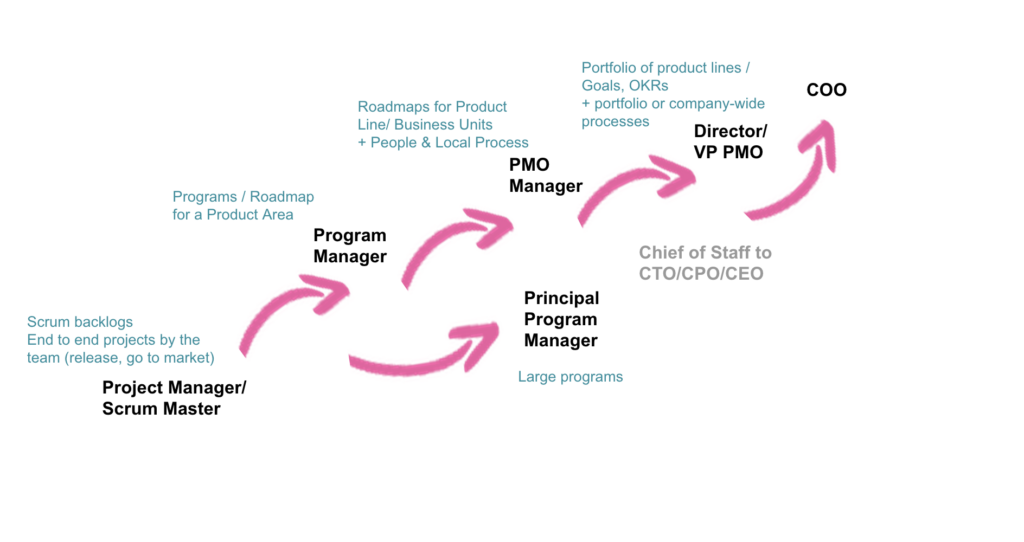Your startup is taking off fast! Congratulations!
Subsequently, more customers will come with more competing demands. Additionally, more teams means more complexity, more dependencies and likely more confusion and chaos.
As a Startup PM, you already wear many hats. How do you effectively manage to scale?
First, take a deep breath and look around – your roadmap probably looks like this – many things in flight and many people and teams coordinating at high speed.
In many ways, running a product organization is quite similar to running an airport. Each feature is like a flight. To support multiple flights coming in and out of the airport, we need to first build a scalable air traffic management framework. It should also consist of tools and methods around communication protocol, visibility of flight info, takeoff and landing coordination between flights, and coordination with ground transportation, suppliers and maintenance crew, etc.
To bring this analogy home – to support a fast scaling startup, what PM skills do you need?
The chart below illustrates the progressive scope of project, program and portfolio management. Project management focuses on scope-based execution. Program management also focuses on goal-driven execution. Whereas, portfolio management focuses on aligning strategies and connecting strategies, goals and activities across multiple areas.

The primary challenges a growing startup faces are cross-functional alignment of goals and strategies, coordination around dependencies, and visibility at both the individual feature and team level and at the overall level.
Therefore building a foundation and process at the bigger picture level should be a primary focus.
To survive the fast scaling phase of a startup, take a page from Program Management by building and improving an efficient Framework of Processes, Cadences, and tools for Roadmap Planning and Execution. This should be implemented across all product teams and cross-functional teams within the entire company.
This post was originally published in 2015 at Scaffold Consulting.




